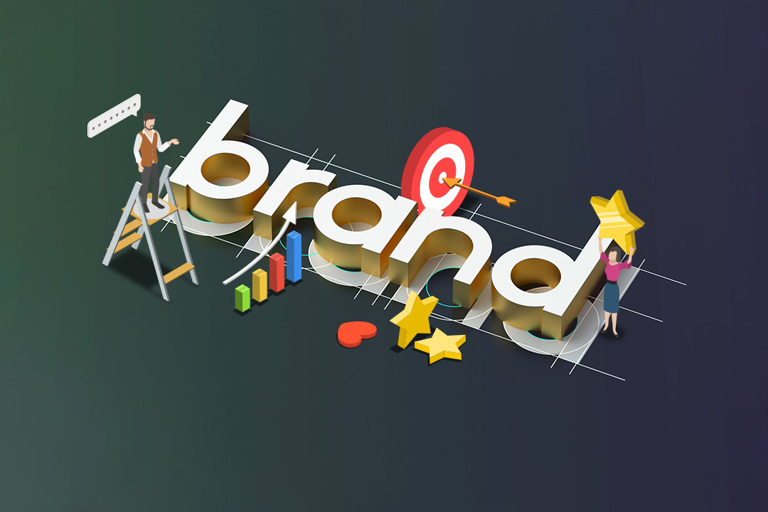Post-iOS 14 & The Cookieless Future: Navigating The New Digital Landscape
It’s no secret to digital marketers across the globe that Apple’s iOS14 update at the start of 2021 threw a spanner in the works of results-focused digital advertising. Dog Marketing Manager Gordon shares some tips for adapting to the changing digital environment.
In the midst of a pandemic, soaring CPAs, fluctuating ad performance and data loss across the largest ad platforms have caused many in the industry to rethink how best to drive results for clients in a way that respects privacy and gives the end-user the best brand experience possible. Looking ahead towards the end of 2022, we know this situation is only going to become more complex with Google’s deadline for blocking third-party cookies from Chrome browsers looming ever closer.
Over the last year, we’ve been learning how best to navigate this new digital landscape to continue to drive results for our clients. Some key learnings so far include:
- Creative is key
- When you strip away the ability to rely on extremely niche and specific ad targeting and personalisation strategies, it becomes clear digital marketers need to use strong and impactful creative to achieve a desired response from their target audiences. Ad targeting is no longer able to cover the cracks of underperforming copy and creative.
- Other optimisation strategies have become more important
- With the data loss suffered post-iOS 14, digital marketers are no longer able to focus spend on lower-funnel activity designed to deliver 1-click-purchases. We have found that delivering awareness and engagement strategies prior to (or alongside) sales messages has helped massively in making consumers more receptive to our advertising. Using these strategies also has a halo-effect on other platforms (i.e. brand search), boosting their performance too.
- Diversifying channel mix
- Within digital media planning and buying, the loss of data we’ve suffered already has meant brands that have traditionally relied on social media channels solely to drive response and growth have had to re-think their media mix. Reaching people across more channels and in different formats provides consumers with more brand touchpoints and provides digital marketers with more options for campaign optimisation. It also forces advertisers to consider the user journey more deeply and ultimately provide a better experience for end-users.
There will, undoubtedly, continue to be learnings and changes to best practices as advertisers operate within this new landscape. The discussion around data privacy and ad tracking isn’t going away and the general public is becoming more aware of how their data is being used in advertising. Especially considering the upcoming changes to Google Chrome browsers, and the removal of third-party cookies.
Many browsers, such as Safari & Firefox, have already removed third-party cookies from their platforms in recent years. However, as Google Chrome makes up c.70% of browsers used to access the internet (Forbes, 2021), this change has had a relatively small impact on advertising so far. Third-party cookies are small lines of code placed in your browser when you visit websites that passes personal data back to data processing companies and is often used for delivering relevant and personalised ads based on content you’ve viewed and interests you may have. It is these cookies that allowed for the emergence of programmatic digital advertising, and helped advertisers build an ‘audience-first’ approach to buying ad impressions.
With the blocking of these from Google Chrome browsers, there is going to be a huge data loss across all ad-tech providers, making it more difficult to optimise ad delivery and track results. It remains unclear how ad-tech companies and programmatic media sellers are going to get round this issue, but the current thinking is two-fold:
- Authenticated targeting – explicitly asking a user for their consent to use their data for advertising purposes (both first and third parties). This is usually in the form of a log in screen before the user can access content. An alternative to this is the ‘unified ID’ solution where an ID can be shared across multiple websites, so if a user logs in on one this can be matched up with logins from other opted-in websites.
- Anonymised targeting -this essentially means the user isn’t identified at all. They are either targeted contextually (based on the content they’re viewing) or by aggregated targeting where users are grouped in a cohort for segmentation and analysis so that one individual user isn’t identifiable or trackable.
Google is facilitating research into the latter, by providing a ‘Privacy Sandbox’ for developers to test different solutions, but ultimately it is likely the outcome will be a mixed methodology to delivering, tracking and optimising campaigns. What is important in the near future, however, is brands building up a rich supply of first-party owned data if they’re relying heavily on third-party segments that may soon be unavailable.
Similar to our learnings from iOS14, the importance of strong creative will become even greater in display advertising, where there is a great deal of competition for attention. Digital media buyers will need to carefully consider the publisher sites they’re proposing for the client and put content and context at the heart of their strategies to maximise response. In a way, this is a throwback to more traditional digital media buying where money was spent with individual publishers rather than through an ‘audience first’ approach.
Part of what makes digital marketing an exciting field is the fact that it is always an area at the forefront of change. Brands and agencies alike will need to pivot and test to find the best solutions for navigating the new landscape, but building towards a more trusted relationship between advertisers and their target audience can’t be a bad thing in the long term.
Written by: Gordon McCaw
Read more of our insights

Mediocrity: The problem with algorithms
Strategist Helen Davidson explores why algorithms, while offering obvious benefits, have led to a tendency towards mediocre content appearing on consumers' feeds.
Read more

Brand Awareness: Defining, Measuring, and implementing it into your marketing strategy
"Brand Awareness" seems quite self-explanatory. Is it only about people hearing about your brand? Our Marketing Manager, Gordon McCaw shares all the knowledge you need to create a successful brand awareness strategy.
Read more

You need better data: How to turn your website into an intelligence hub
In this article, Insights and Technical Manager, Christophe Goasduff will explore the perspective that a website should serve as a functioning part of a brand’s marketing strategy, a hub of intelligence at the centre of a brand’s marketing ecosystem.
Read more
